Home Energy Efficiency Audits in Phoenix & Chandler, AZ
A home energy efficiency audit can do more than save you money. Conducting an energy audit can reveal all the places where air is escaping or infiltrating your home, affecting your heating or cooling system and compromising your air quality. If you can find these problem spots and address them, you can increase the comfort of your home while increasing the efficiency of your HVAC system, which will ultimately benefit your budget.
My Envy Home, located in Phoenix AZ, can conduct a home energy audit and help you identify ways to increase energy efficiency throughout your house. You may think that the solution is an AC replacement or new windows, but you may be surprised to find that there are smaller, easier ways to reduce air wastage and make your space more comfortable.
What Is An Energy Efficiency Audit?
This type of inspection utilizes different tools to identify where air leakage is happening. It’s important to us that you are involved with this process so you can see exactly where you need to make changes. There may be spots in the house that are often colder or hotter than what your thermostat says they should be, or your attic could need more insulation to protect your home from heating up.
Typically, we’ll conduct an initial audit to identify trouble spots and then recommend solutions to you. After these changes are made, we will undergo a second inspection with you so you know that your home is as energy-efficient as possible. When your HVAC system is working optimally and you have reduced air wastage everywhere you can, you should see increased efficiency and better air quality in your home.
We serve properties throughout the valley. Once you’ve told us a little about your home and concerns, we can help you address them. Call us today and ask about improving your home’s energy efficiency.
Energy Audit
Services & House Energy Savings
Envy Homes specializes in making your home more energy efficient and more comfortable to live in. We are a team of professionals and ensure quality work.

What is an Energy Audit?
A home energy audit is an inspection developed to help identify energy issues, comfort issues, and air quality issues. A certified auditor uses scientific tools to find all areas where energy is wasted. For instance, a blower door is used to expose any leaks you have in the duct system and the building shell.
An infrared camera is used to find hot or cold spots throughout the house, which indicate uneven insulation or air leakage.
We physically inspect the attic space and take both pictures and videos of what we discover. The process is comprehensive and takes approximately 2-3 hours, depending on the size of the house. APS and SRP believe in the benefits of this program and help pay for it.
APS and SRP believe in the benefits of this program and offer rebates to help offset the cost of energy efficiency measures.
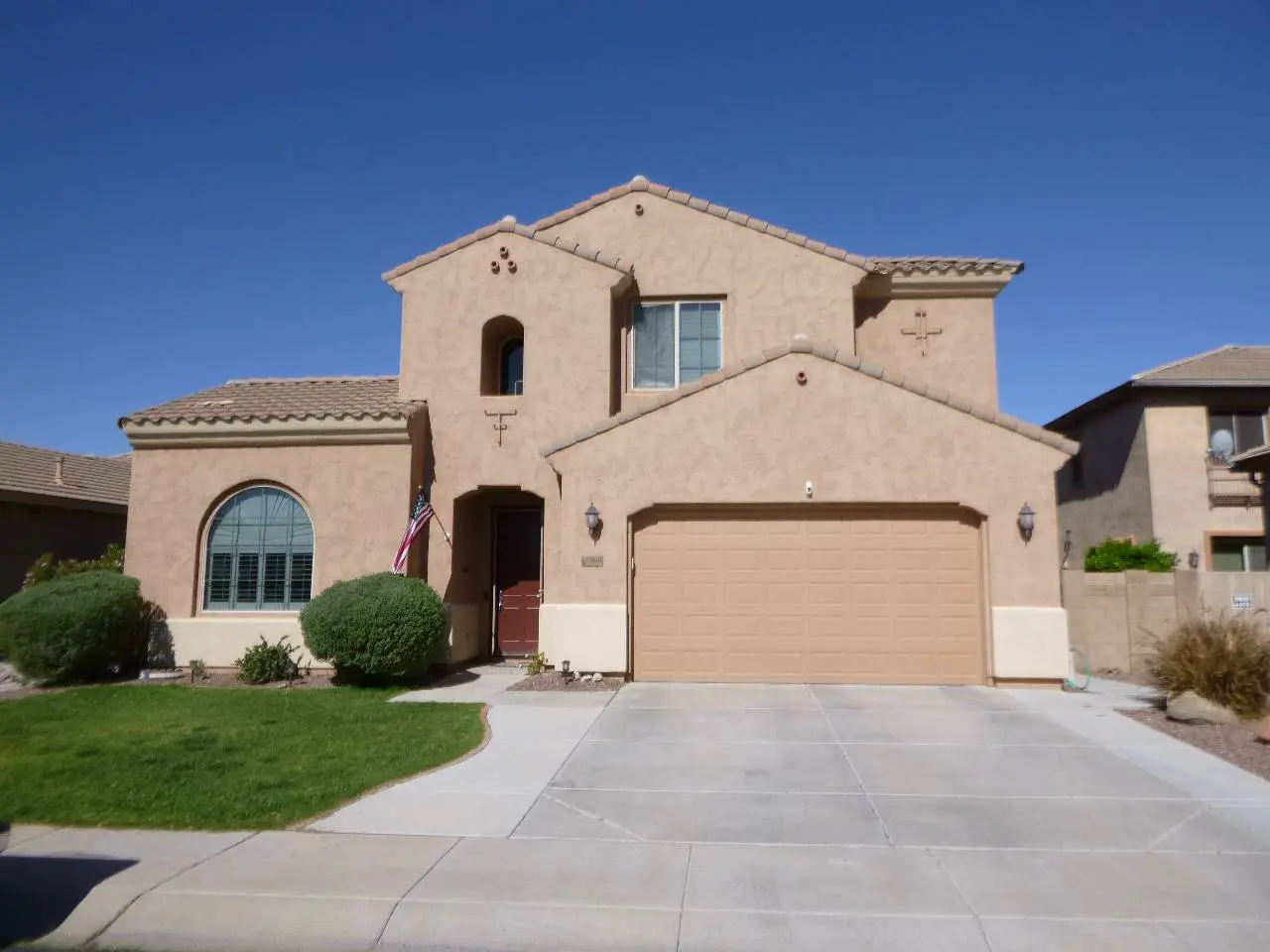
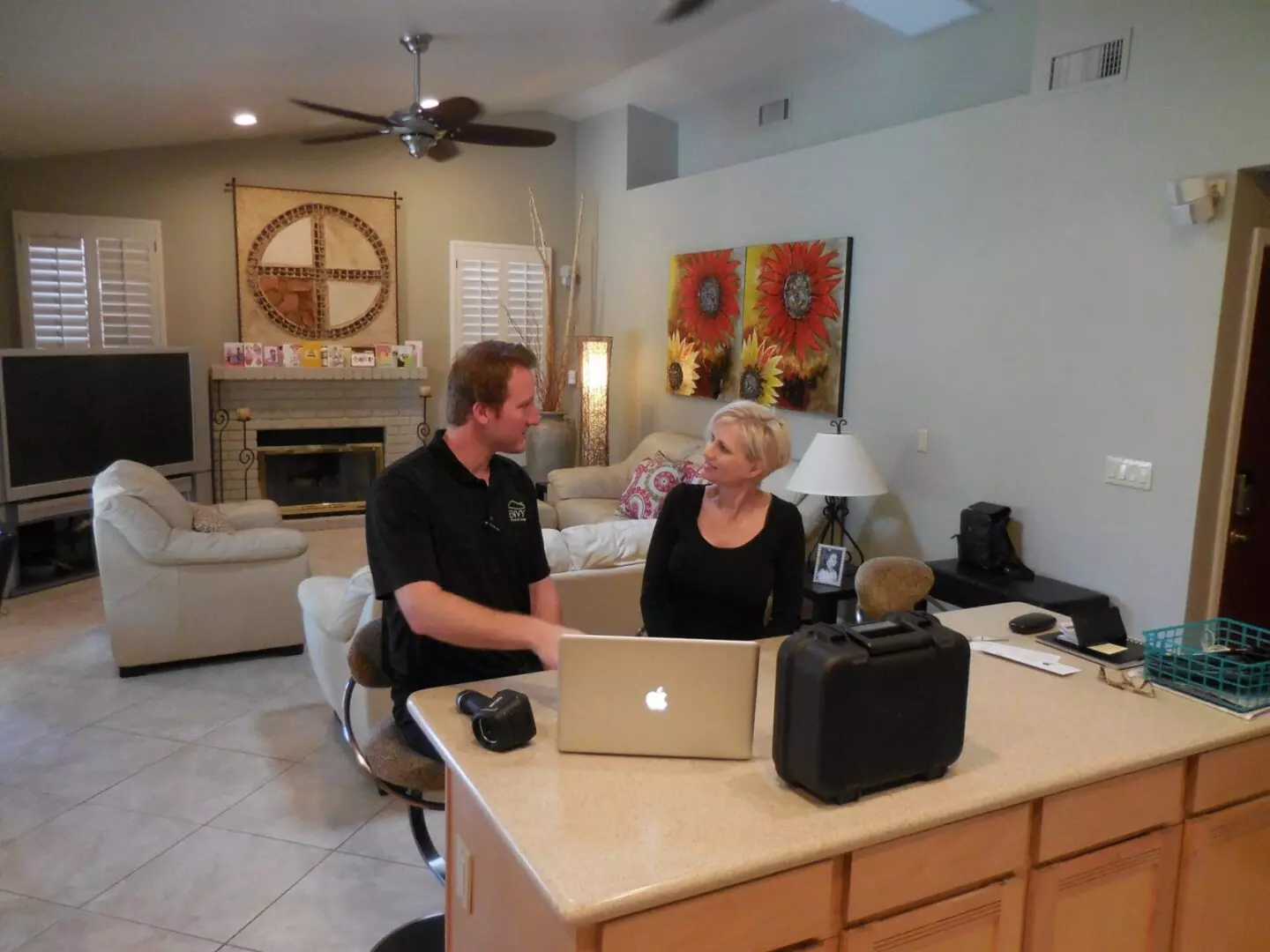
An Interactive Audit
When you hire Envy Home to conduct your energy audit, don’t be surprised if we ask you to participate in your interactive audit by feeling air leaks, reading computer generated numbers, or holding an infrared camera. Our goal is to educate the homeowner. We found that the most effective way to accomplish this is by making the audit a very interactive process.
Energy efficiency can be complicated to understand. Hence, our professional auditors are not only trained in finding deficiencies but also to educate the homeowner properly. We take pride in explaining what is being tested and discovered as we do a room-by-room and attic assessment. By the time we leave, you will be an energy expert on your home.
Reasons to Conduct an Energy Audit
If you have not had an Energy Audit completed on your home, Give us a call.
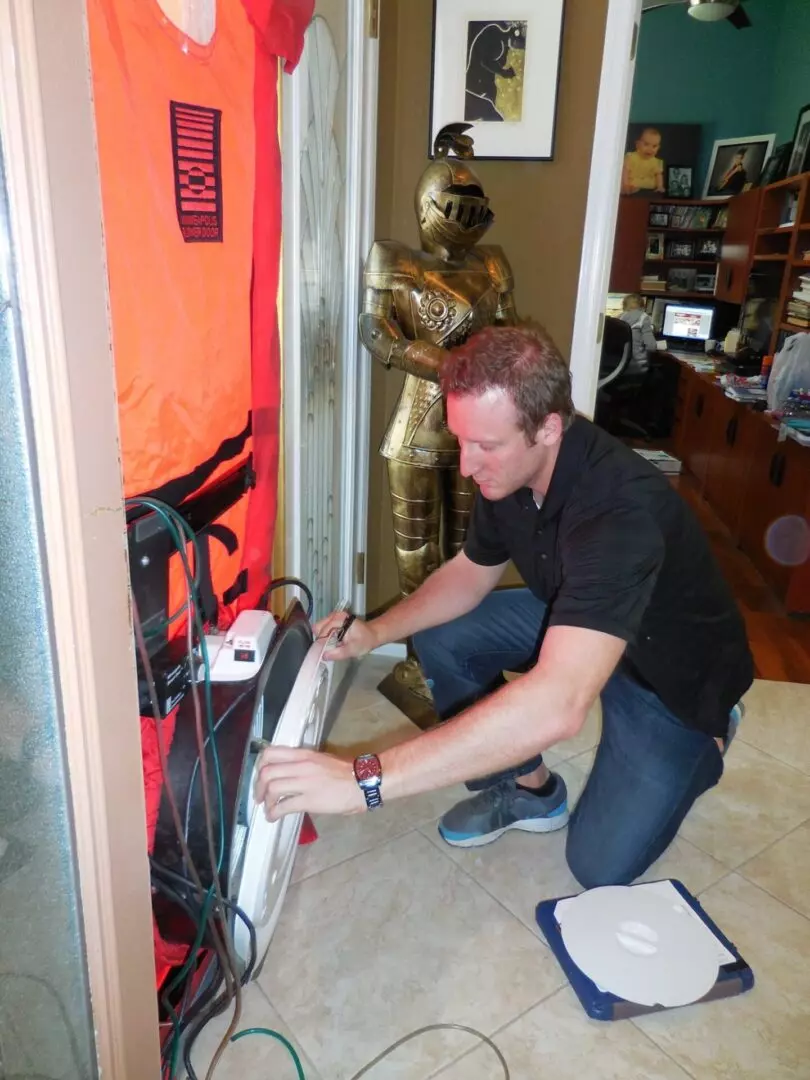
Tools Used for Audit
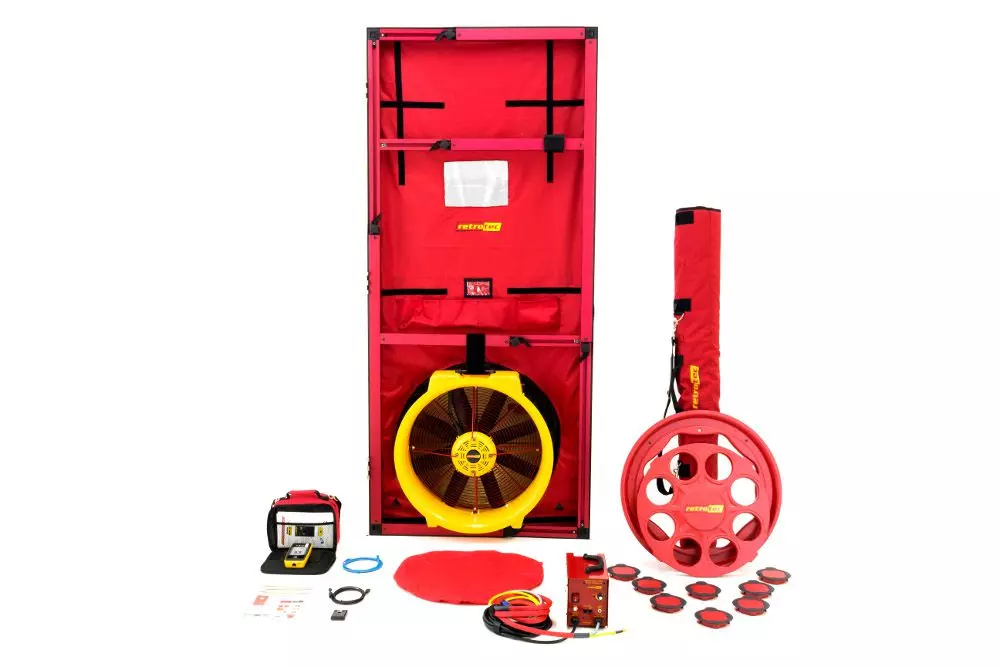
A blower door test is a critical tool used during an energy audit. A big red adjustable canvas door is placed in an exterior doorframe of the house.
Within the blower door, there is a fan that gently pulls air out of the house creating a “negative air pressure” inside the house and simulates a 20 mile per hour wind on the exterior of the house. Exterior air flows into the house to equalize the negative pressure.
With all the windows and doors shut and the AC unit turned off, the only place for air to get back into the house is through leaks in the building shell and holes in the duct system.
At this point, the auditor can measure where and how much the house is leaking. A little bit of leakage is a good thing. However, excessive leakage often is the reason for high-energy bills, hot or cold rooms, and a dusty house with poor air quality.
An infrared camera is used to find temperature differentials. The homeowner will be able to examine the temperature of different surfaces in the home visually. Previously unidentified hotspots are frequently discovered, uneven insulation is highlighted, and it will become apparent why certain areas of the house are warmer than others.
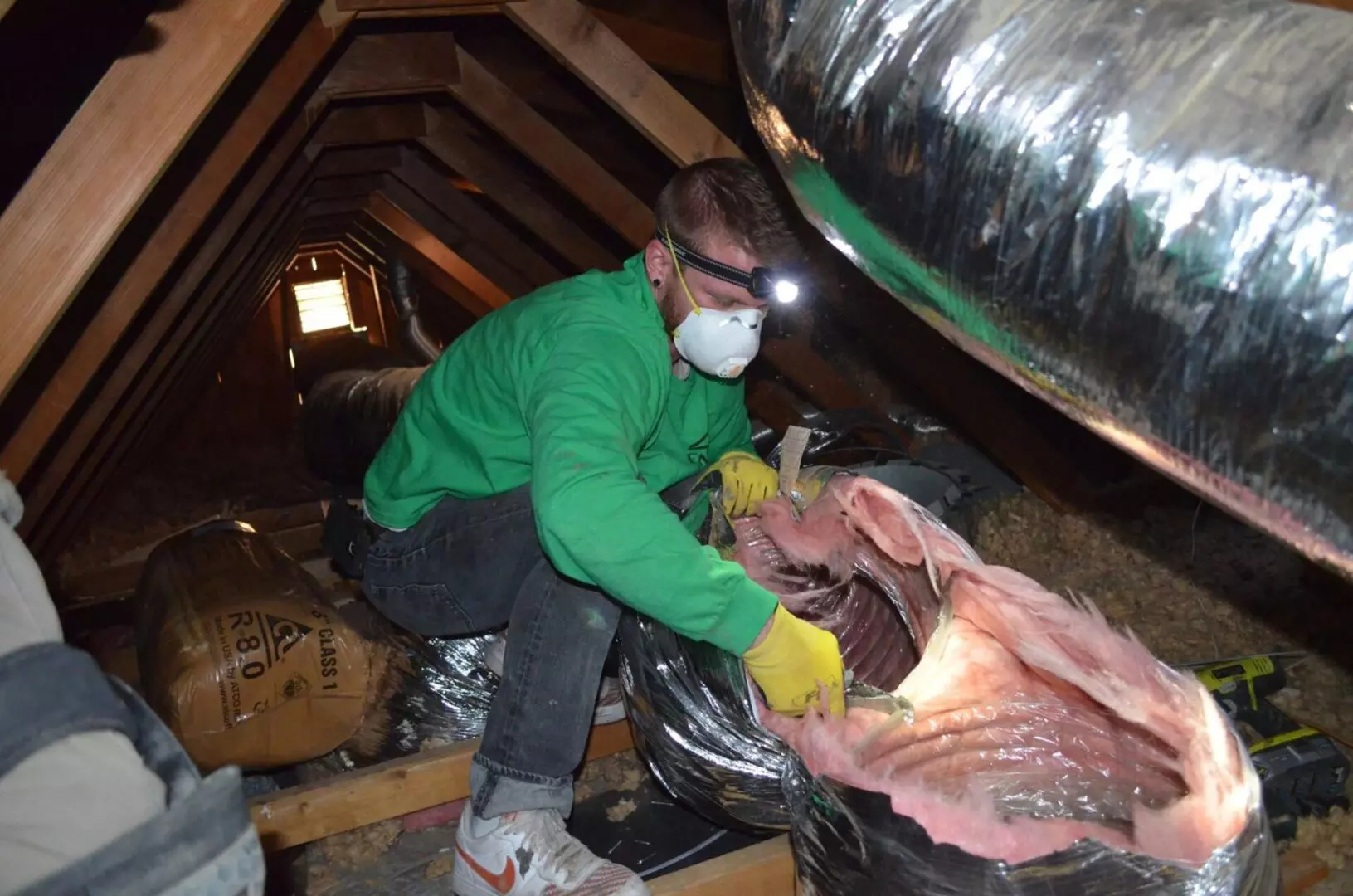
Detailed Report and Professional Recommendations
Once the audit is complete, the energy specialist uses the data collected to compile a list of prioritized recommendations based on the homeowner's needs and estimated return on investment.This method of prioritization helps decide how much you can do and what to do first. Once we've put together the perfect solution for your home needs, we pick a time to make the repairs.
Home Improvements and Final Assessment
As a licensed general contractor, our highly trained energy efficiency installation crew can do all the recommended work at your house. It makes My Envy Home a one-stop place.
Depending on what you have done, the process could take a couple of days to a few weeks. We are so confident with our work and come back to conduct a secondary audit. It gives a clear picture of before and after the job. If we haven't fixed it to Home Performance with Energy Star standards, we correct it on our dime.
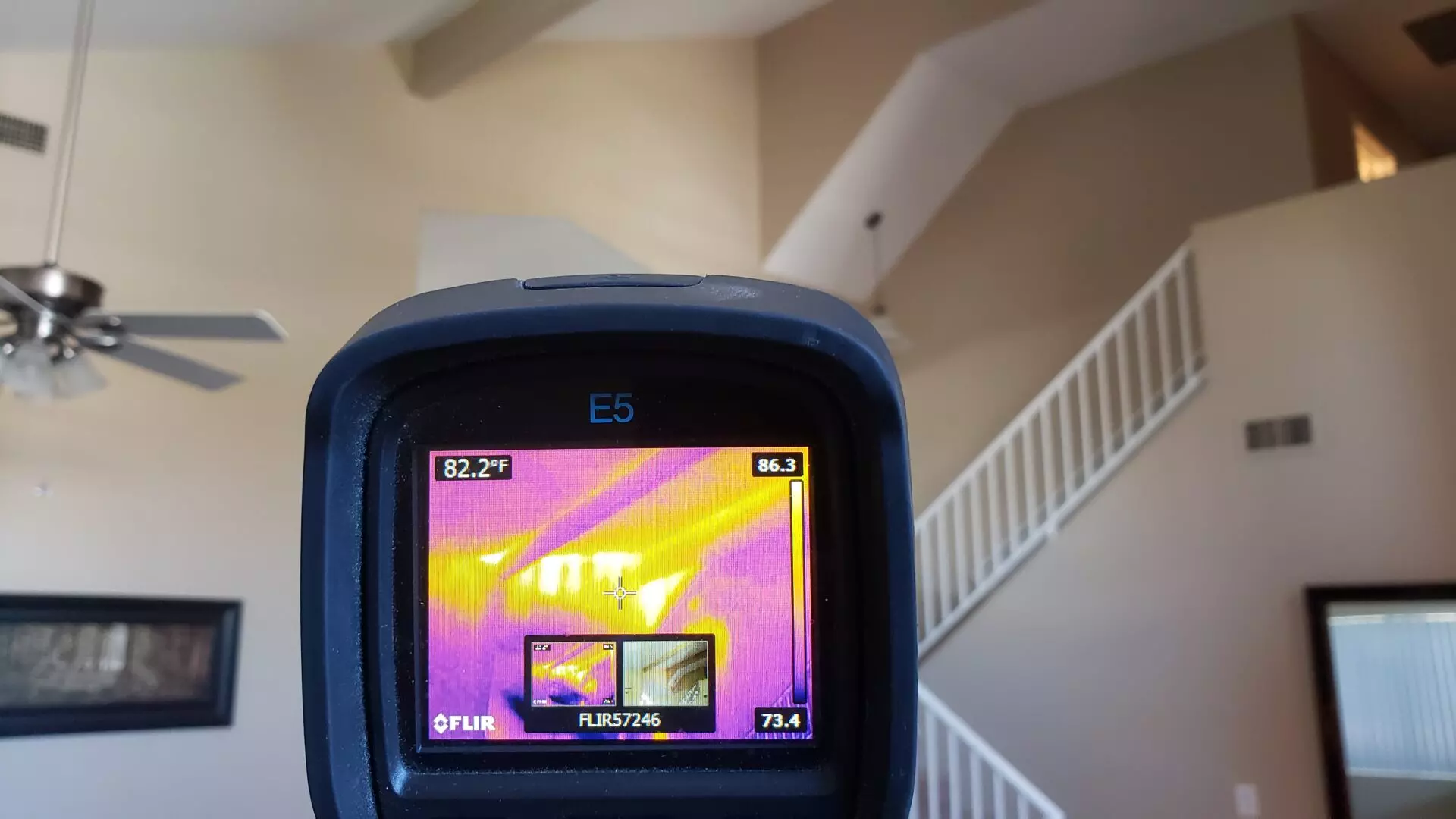
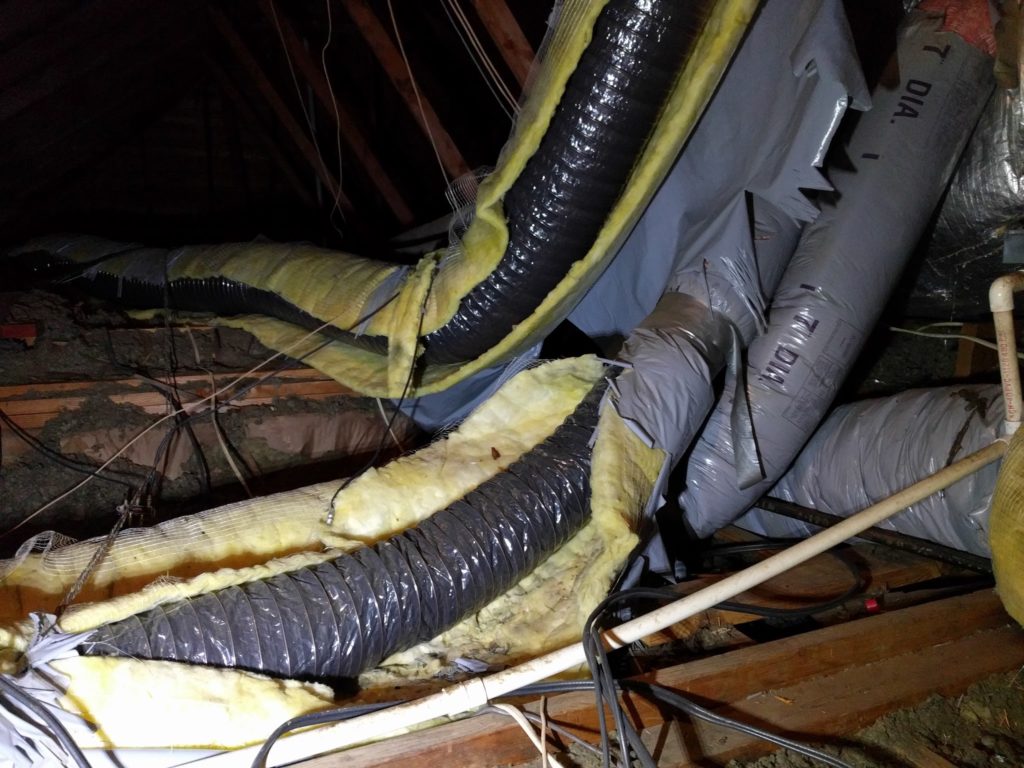
Schedule an Energy Audit with Us!
Envy Home is a licensed general contractor within the APS/SRP Home Performance with Energy Star Program. We do anything from blowing insulation to rerouting the entire duct system in your house. Schedule your Energy Audit Today!
Our Core Services Include
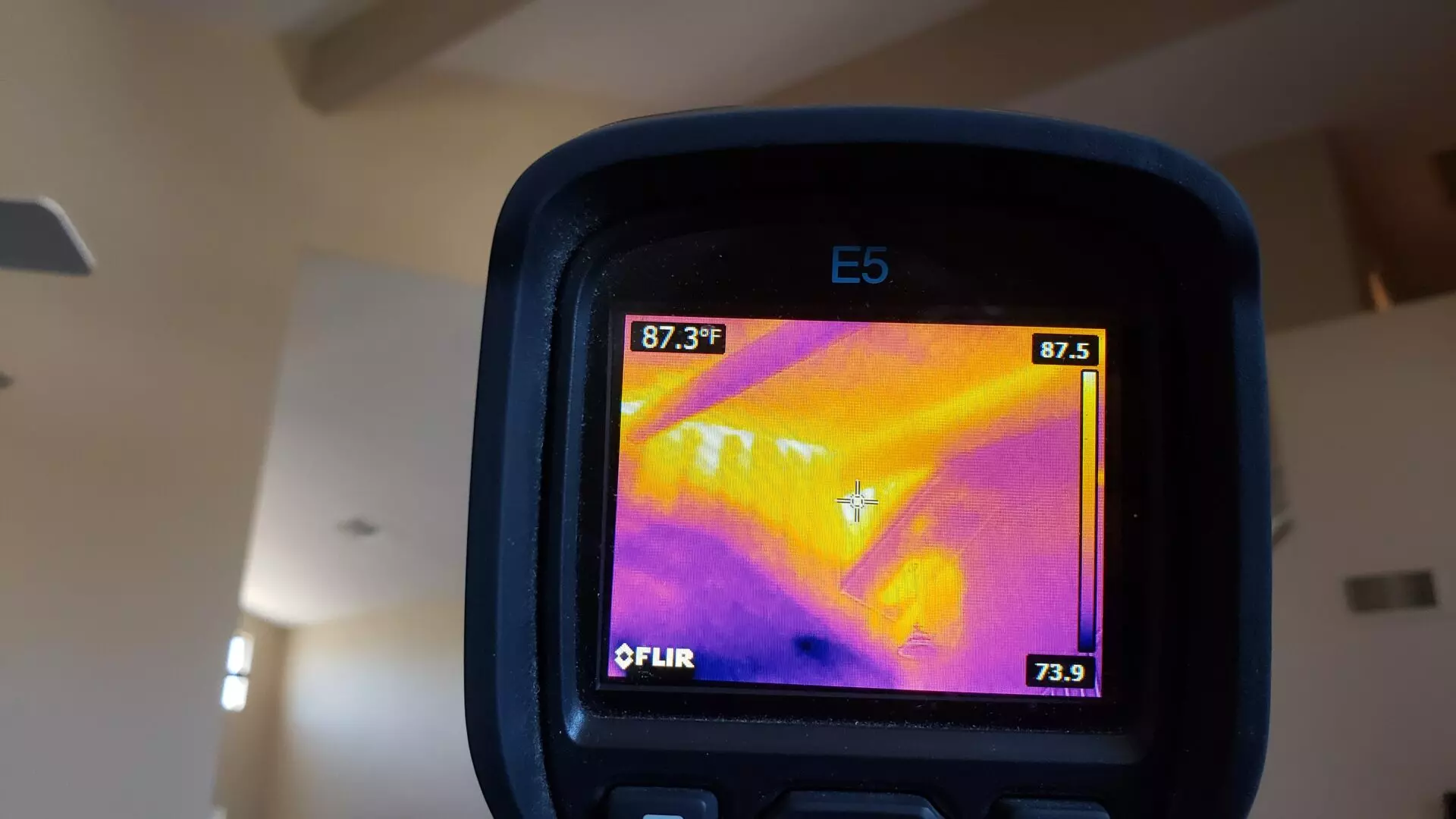
Insulation
It is no secret that Arizona attics get hot. But did you know that they reach temperatures of over 150 degrees? That means your attic is equivalent in temperature to the oven in your kitchen. A common misnomer is that the solution is to cool down the attic, either with a radiant barrier or even attic fans.
However, the ultimate goal is not to make the attic cooler, but rather prevent that heat from radiating into the house's main body. It is called passively heat resist. The easiest way to accomplish this is with adequately installed insulation at the correct thickness for our climate zone. While radiant barrier can help, it is not a total solution, and it is not a top priority.
The number one priority is to ensure the insulation is effective. The most popular types of insulation are blown in cellulose, blown-in fiberglass, open cell spray foam, and batted fiberglass. All materials are active when installed correctly. Unfortunately, it is not uncommon to find insulation installed the wrong way.

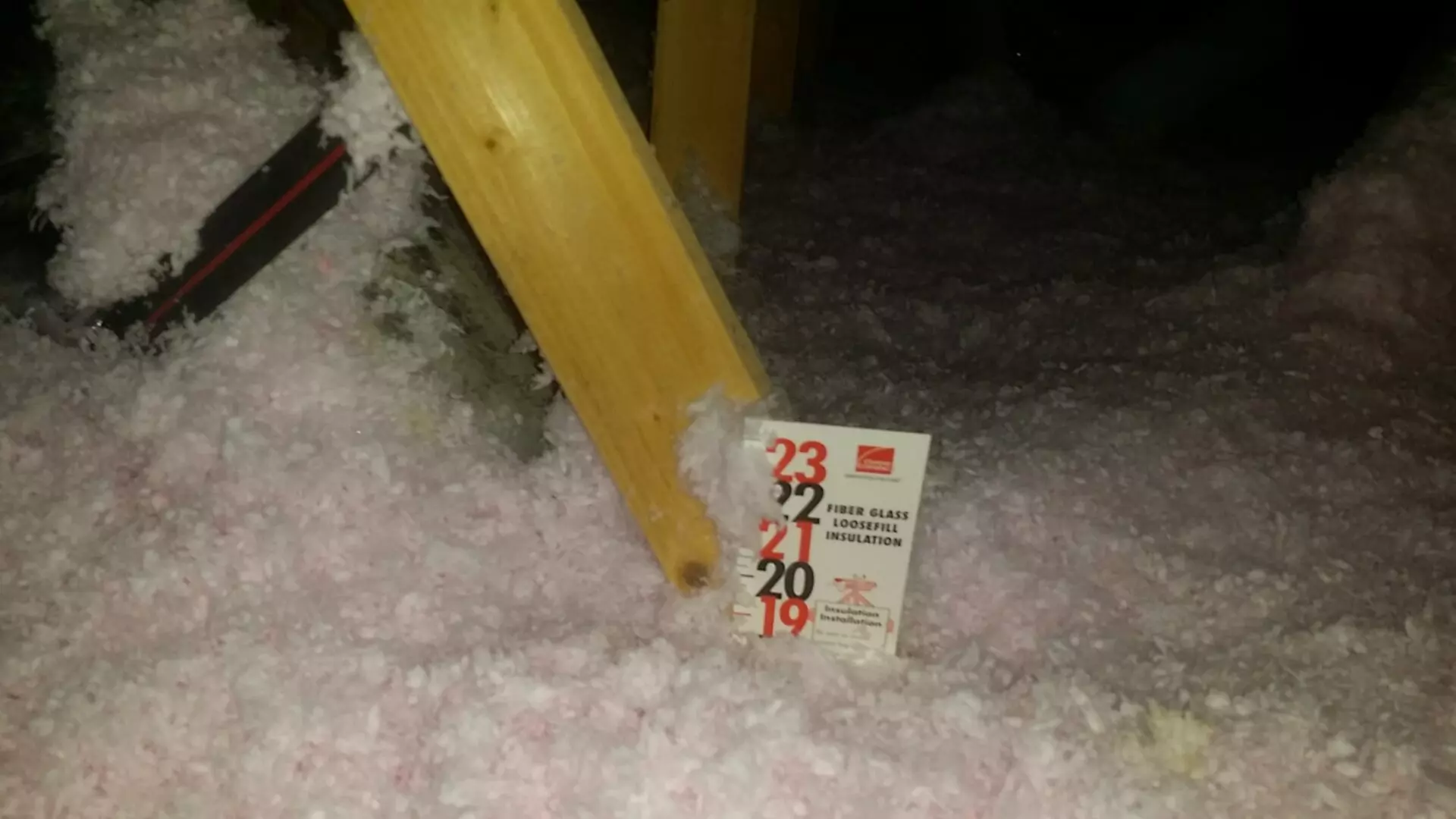
It takes 5% of your insulation to be misaligned or damaged to decrease your R-Value by 50%. The good news is 95% of the insulation we find in homes is entirely usable. Sometimes it just needs to be rearranged, and more needs to be added to it. Home Performance with Energy Star standard for a house in Arizona is a minimum R-38, which is approximately 12 inches of cellulose or 14 inches of fiberglass.
During an energy audit, our technicians determine the overall effectiveness of your insulation as it sits. Pictures and videos are taken from all areas of the attic to illustrate depth markers and provide visual evidence of any insulation deficiencies. The infrared camera helps identify insulation deficiencies in inaccessible or hard to reach areas in the attic.
Duct Sealing and Duct Routing
Ductwork sealing is often overlooked when a homeowner tries to comprehend why their home is always uncomfortable. Most homeowners assume that the ductwork was appropriately done and has maintained integrity over the years. Ductwork leaks are a huge culprit of wasting energy, hot rooms, and poor air quality. Your ducts leak air and bring in dust and allergens from your attic space into your distribution system and ultimately into the air you breathe inside your home. These contaminants can enter the duct system through seems, joints, and cracks.
Envy Home evaluates your current duct system and tests to see if outside unfiltered air enters the duct system and flows into your home. This intrusion of hot unfiltered air from your attic pollutes your living areas and keeps your air conditioner continually running throughout the entire summer. For example, a 15% return side leak in a 110-degree attic cuts your cooling efficiency by 50%.
Properly sealing the ducts in your home will not only improve the air quality in your home but also increase the efficiency of your cooling system and overall reflect positively on your electricity bill. Also, by effectively sealing your duct system, you can extend the life of your AC system and components, saving you money on repair and replacement costs that would otherwise be incurred.
Air Flow and Air Balancing
Proper airflow is one of the most critical factors when creating an energy-efficient home. If you learn anything, it is that we want 'equal-in and equal-out'. Cold air blows into the house through the supply vents, and an equal amount of hot area is drawn out of the house through the return vents.
However, more often than not, this is not the way the system is operating. The uneven airflow causes undue strain on the AC unit. When well-planned ductwork balancing and rerouting is successfully accomplished, the AC unit works easier. Often this helps a homeowner to save replacing their AC unit prematurely.
There are many ways to improve airflow in a home. Unfortunately, fiddling with the vent cover inside your house usually has little effect on the room's overall system and comfort. When we redesign and re-manage your duct system, we make sure it gets the proper amount of airflow to every room. This makes sure everyone stays comfy cool in the hot summers and cozy warm in the winter.
We accomplish this balancing act by making sure all ductwork is strapped up and has nice easy runs. Too many kinks and turns diminish airflow very quickly. We install dampers into the duct system to help balance the amount of airflow going down each duct run. Putting the dampers directly at the AC plenum or inline in the ducts directs the airflow right from the source, making way for massive changes. We can tune and balance your system just the way you like it.
Sunscreens
Sunscreens are an excellent way to resist heat transfer through your windows passively. Around 20-50% of the heat gain in your house comes by the windows exposed to direct sunlight. By added sunscreens, the heat can be reduced so drastically that you may end up using a room in your house you previously thought uninhabitable. You can experience as much as a 25% decrease in your energy bill solely from making this minor improvement. During your audit, we measure all windows and provide a quote for adding sunscreens.
The manufacturing and installation of sunscreens are incredibly important. Not all companies are created equal or even understand why the installation procedure is so important. Sunscreens operate by having a gap between the window glass and sunscreen fabric. This gap helps the heat dissipate rather than blast right through the window.
The difference between a sunscreen installed too close to the window versus one that is correctly installed with a nice gap can be as much as 20 degrees. When our team designs and installs your sunscreens, we make sure the screens are custom-fitted to your windows, professionally installed, and work efficiently.
*Helpful Tip: Are your sunscreens too close to your glass? Try flipping them around to create a more significant gap between the glass and sunscreen fabric. Trust us, our infrared camera doesn't lie.
*Helpful Tip: Take your sunscreens down during the winter to let the natural heat in.
